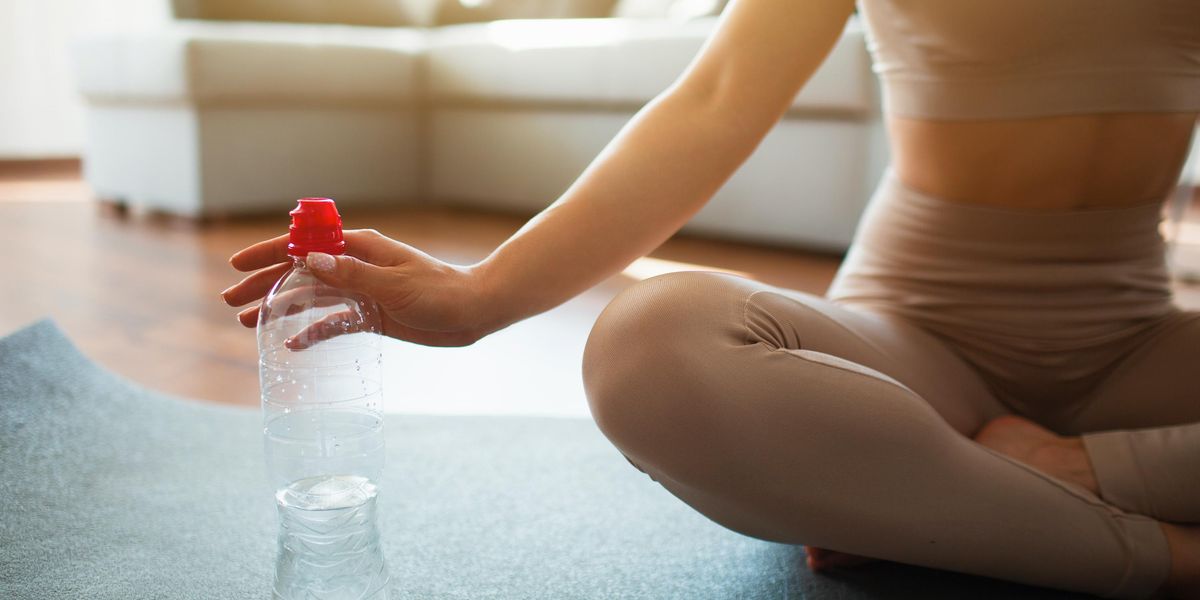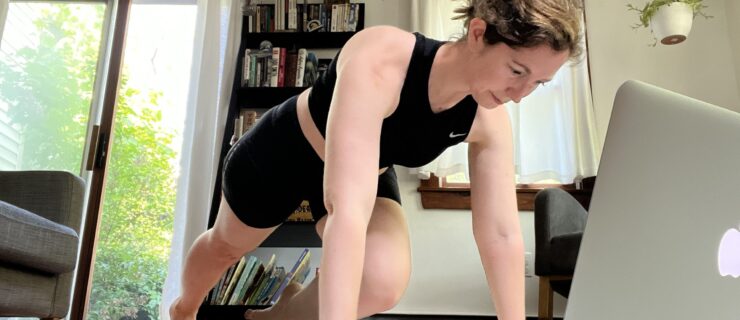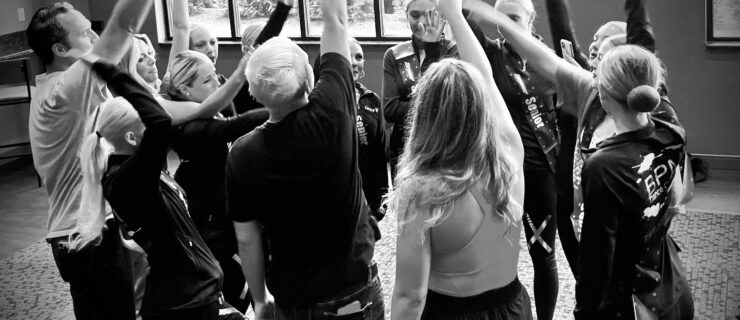Recipe for Recovery: The Best Post-Class Practices for Dancers
Picture this: After a tough class, you rush to a long rehearsal and when you wake up the next day, you’re almost too sore to roll out of bed. We’ve all been there. But is there anything you can do to put your body in the best position to recover faster? Dance Spirit spoke with Dr. Julia Iafrate, the director of dance medicine at Columbia University Irving Medical Center, about the best practices dancers can follow to promote a healthy recovery—because whether you’re on Zoom or in the studio, taking care of your body is critical.
First Things First
Don’t just chug some water and dash out of the room after a tough class or rehearsal. The choices you make in the first hour after strenuous activity can set you on the right track towards reducing soreness and improving your body’s recovery. Iafrate recommends that dancers consider their cooldown routine to be its own class or workout.
“It’s important, just like any other workout is,” she says. “We can’t really just avoid it or be too busy to consider it.”
The first thing to do is rehydrate. Iafrate says that you should be drinking every 30 minutes during class or rehearsal, and afterwards you should consume around 24 ounces of water. Hydration is key for replenishing your electrolytes after exercise.
Next is stretching—but maybe not for the reason you think. Many dancers stretch after class, while their muscles are still warm. But instead of working on your oversplits or your extensions, Iafrate suggests focusing on dynamic stretching to stimulate circulation, increase flexibility, relieve tension, and bring more oxygen to your muscles, which can minimize lactic acid buildup that can cause soreness. An example of dynamic stretching would be slow calf raises on stairs, which is especially helpful if your dancing has you spending a lot of time on relevé.
Finally, it’s important to refuel your body with healthy foods. Even if you’re not hungry, eat a post-exercise snack or meal. Iafrate recommends starting your nutritional recovery by eating within 30 to 60 minutes after your performance or class ends. Aim for a mix of carbohydrates, protein and fats. Some simple post-dance snacks could include peanut butter on toast, oatmeal with fruit, or a smoothie made with fruits and yogurt.

A smoothie made with fruits and yogurt is a simple post-class snack. (Getty Images/JANIFEST)
Don’t Forget Downtime
Even with these post-class strategies in mind, Iafrate stresses the importance of having at least one day a week off from dancing.
“On days between dance, you need real recovery time,” she says. “You could consider what’s called ‘active recovery,’ which is light exercise that is not dance-specific, like cycling, yoga or swimming.” She suggests a low-intensity exercise for half the amount of time you would typically dance in a day.
Sleep is another essential factor in recovery. “Most people should be sleeping more than eight hours a night,” Iafrate says. “For some dancers, even nine to 10 hours a night might be more ideal, especially while you’re young and still growing.”
The Essentials
If you’re seriously in a rush between classes, there are still a few things you can do in less time to kickstart your recovery. Drinking fluids and having a quick snack should not be skipped, though, and some light stretches that focus on the muscles you use most can be enough to help reduce soreness. Lastly, don’t forget to breathe and take a moment to relax your body and mind after the adrenaline rush of dancing.
Most importantly, create a routine that suits your needs. “Be compassionate with yourself, and find what works for you,” Iafrate says. “Nothing works for everyone the same way. You as a dancer are an athlete, so you have to treat your body how an athlete treats their body.”




